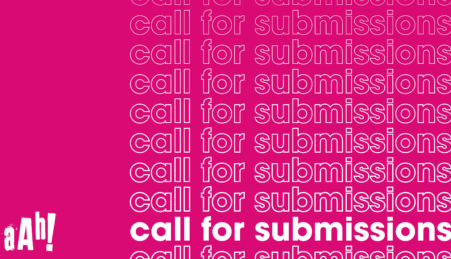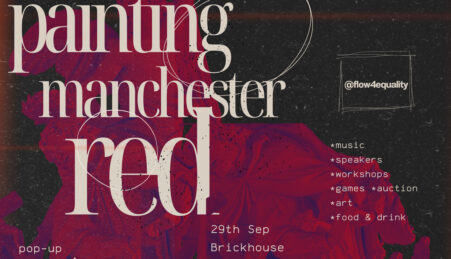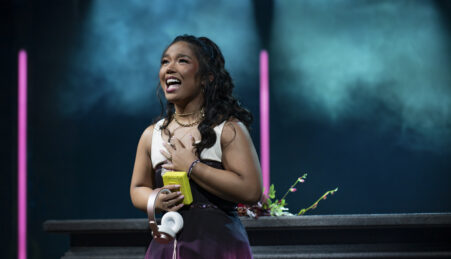
By Wiil Madow
Picture this; a young black boy walking down a high street in a predominantly white neighbourhood. He looks back at an old white couple saying that there are too many immigrants in this country and that they ought to go back to where they came from.
Now picture this; the same black boy having a conversation with a white boy whilst playing football.
White Boy: Why are they not passing the ball?
Black boy: You should switch flanks, you are in the shadow so maybe they can’t see you.
White Boy: They can, am not black.
He says this with a dry smile on his face. The black boy does what he did with the old couple and just stares at the white boy with a smile on his face. Both times the black boy is offended. Both times the black boy says nothing.
Let us address the first issue; immigration. According to what I have been told by the media it is something we should all worry about. The black boy cannot say he is anti-immigration or he doesn’t want to say it because he is an immigrant himself, yet he smiles. The white boy told a joke that the black boy thought to be racist, yet he smiles. Why does the black boy smile? Because he is experiencing a new kind of hate. He acknowledges that we have moved on from explicit racism, outward racism.
The black boy remembers a joke from one of Russell Peters’ stand-up comedy shows about how black people are no longer referred to as Niggers, they are now simply called “Mondays.” “I hate those freakin’ Mondays.”
Racism 2.0 is cowardly because it hides under the veil (pun intended) of current issues and banter. Is the black boy a coward for not addressing it? The black boy is afraid of becoming the archetypal angry black man. He has questions about his identity. He doesn’t want to appear paranoid or always play the victim.
The black boy starts questioning everything. He comes to the conclusion that immigration is a problem and that the white couple were right to voice their concerns. It was just a coincidence that he was walking right in front of them. He also concludes that he was stupid to tell the white boy to switch flanks and avoid the shadow because clearly both he and the white boy could be identified, it was daytime after all. He tells himself that what made him feel uneasy was how bad the joke was and not its racist underpinnings.
That was the black boy putting himself in the shoes of a white person suffering from White Privilege. We must recognise that the black boy suffered from a subtle form of racism. Failure to do so shows an inability to put ourselves in the black boys’ shoes.
The black boy stops smiling when he realises that boys like him are targeted when entering trains. The black boy stops smiling when he realises that boys like him are shot by the police. The black boy wonders when the whole world will cry on behalf of his freedom or the freedom of people like him. When will the world say ‘I am that Black Boy.’
Wiil is in his second year at Manchester Metropolitan University studying Economics.






Leave a reply